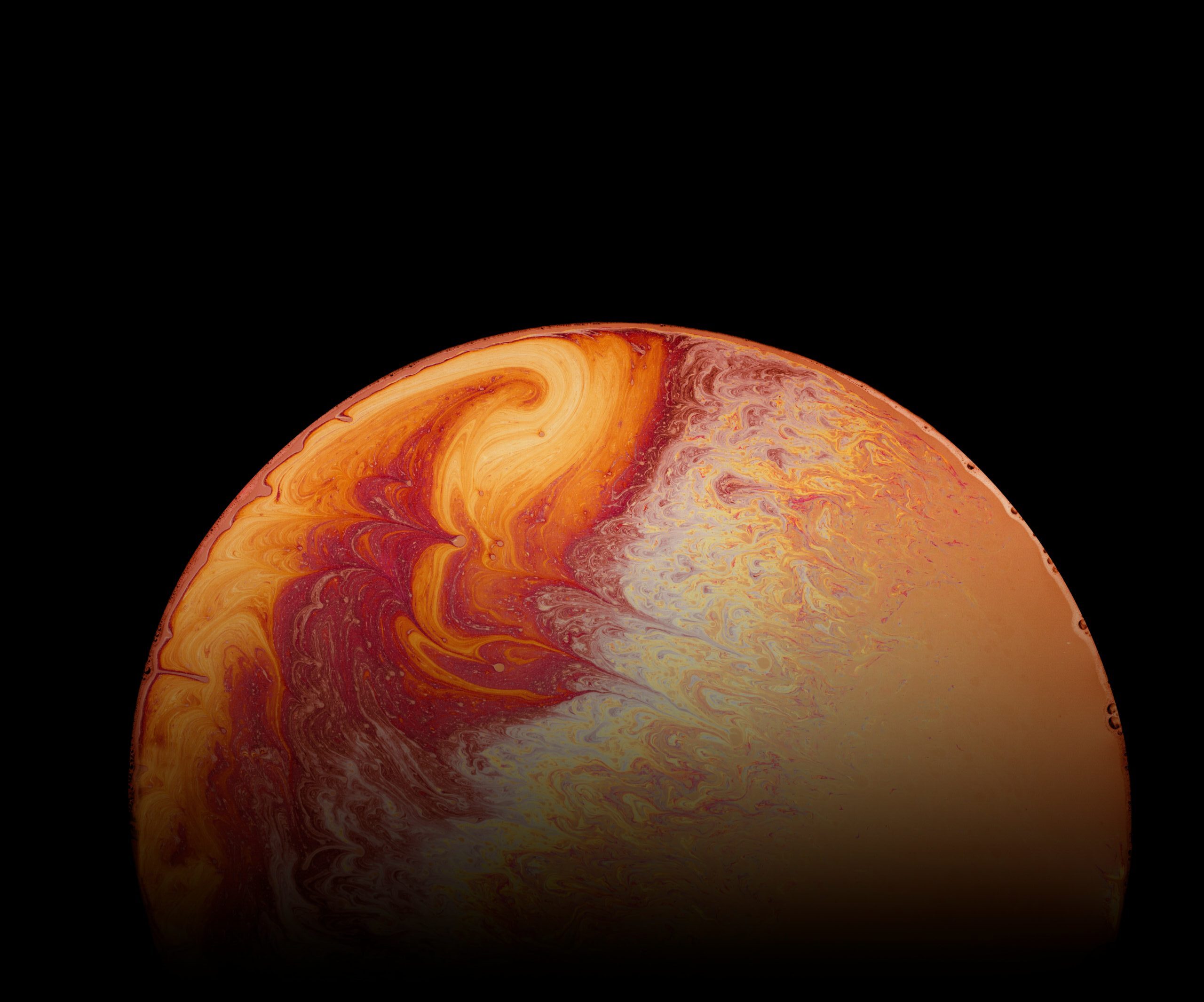Seen blazing in the twilight as the “morning star” or “evening star,” Venus is both our shimmering celestial neighbor and the solar system’s ultimate drama queen. Nearly Earth-size—but wrapped in clouds of sulfuric acid and scorched by temperatures hot enough to melt lead—she shows what happens when a planet takes the greenhouse effect to the extreme.
With new NASA and ESA missions on the launchpad for the 2030s, the second planet from the Sun is about to spill more of her steamy secrets, making now the perfect time to bone up on some out-of-this-world trivia.
Ready to turn up the heat? Let’s dive into 60 fascinating facts about the solar system’s brilliant—but brutal—leading lady.
- Venus orbits the Sun every 225 Earth days, but because it spins so slowly, a single Venusian day lasts 243 Earth days—making its day longer than its year.
- The planet rotates clockwise (retrograde), so on Venus the Sun would appear to rise in the west and set in the east if you could survive the trip.
- Venus is almost Earth’s twin in size (about 95 % of Earth’s diameter) and mass (roughly 81 %), which is why astronomers once called it Earth’s “sister.”
- Despite that family resemblance, Venus’s surface temperature averages 900 °F (475 °C)—hot enough to melt lead—thanks to a runaway greenhouse effect.
- Its atmosphere is roughly 96 % carbon dioxide, with clouds of sulfuric acid, making Venus the solar system’s poster child for extreme climate change.
- Those clouds reflect so much sunlight that Venus outshines every star in the night sky and can even cast faint shadows on Earth under dark conditions.
- Surface pressure on Venus is 92 times that of Earth—equivalent to being nearly 3,000 ft (900 m) underwater—so any lander must be built like a submarine.
- Soviet Venera landers in the 1970s survived between 23 minutes and 2 hours before frying, but still sent back the only color photos from Venus’s surface.
- Venus’s thick clouds keep its surface hidden to visible light, so scientists use radar mapping; NASA’s Magellan mission (1990–94) mapped 98 % of the planet.
- Radar shows vast volcanic plains, giant shield volcanoes, and pancake-flat domes—evidence that Venus is geologically active or at least recently was.
- In 2023, researchers spotted hints of a fresh lava flow in old Magellan images, bolstering the idea that volcanoes on Venus may still erupt today.
- Venus lacks plate tectonics like Earth’s, but its crust may “overturn” in massive resurfacing events that repave the planet every few hundred million years.
- The planet’s sky glows at night in an eerie green aurora called “airglow” when high-altitude oxygen recombines, even without a protective magnetic field.
- Speaking of magnetism, Venus spins too slowly to generate a strong dynamo and thus has only a weak induced magnetic “bubble” formed by the solar wind.
- Wind speeds in the cloud tops reach 220 mph (360 km/h), circling the planet every four Earth days—a phenomenon called “super-rotation.”
- Below the clouds, winds slow to walking pace, so a feather might drift downward like in slow motion despite the hellish heat.
- Venus’s clouds reside about 30–40 mi (50–60 km) high; at that altitude, pressure and temperatures are almost Earth-like, sparking ideas for future balloon habitats.
- In 2020, a team reported traces of phosphine gas—often linked to microbial life—at these heights, but follow-up studies debate whether it was a false signal.
- The planet shows phases like our Moon; Galileo’s telescopic view of Venus’s crescent helped prove that planets orbit the Sun, not Earth.
- Because Venus orbits closer to the Sun than we do, it never strays more than about 47° from the Sun in our sky, appearing just after sunset or before dawn.
- Ancient civilizations dubbed Venus both “morning star” and “evening star,” unaware they were the same object—it’s bright enough to spot in daylight if you know where to look.
- Venus’s orbital resonance with Earth means every eight Earth years, the two planets line up almost exactly five times, tracing a graceful pentagram in the sky.
- The surface sports long, sinuous channels—some over 4,000 mi (6,400 km) long—likely carved by low-viscosity lava rather than water.
- Maxwell Montes, the tallest mountain on Venus, rises 7 mi (11 km) above mean surface level—higher than Mount Everest’s summit above sea level.
- Venus may once have had shallow oceans, but rising solar radiation and volcanic CO₂ likely boiled them off within the planet’s first billion years.
- Without water to subduct carbon, CO₂ piled up, triggering the runaway greenhouse effect that turned Venus into today’s furnace.
- “Ishtar Terra” and “Aphrodite Terra” are two continent-sized highlands; almost all surface features are named for goddesses or famous women, following IAU convention.
- Unlike Earth days and months, a Venusian sidereal day (rotation period) has lengthened by about 6 minutes since Magellan—a hint the core and atmosphere shift its spin.
- Venus has no moons, a curiosity since similarly sized Earth boasts one; theories suggest early tides or close solar proximity prevented moon formation or stability.
- During transits of Venus—when it crosses the Sun’s face—scientists once used its silhouette to measure the astronomical unit, refining the solar system’s scale.
- The last Venus transit occurred in 2012; the next won’t happen until 2117, so mark your great-great-grandkids’ calendars.
- Venus Express, an ESA mission (2006–14), found a cold layer in the upper atmosphere where carbon dioxide ice clouds can form—rare for such a hot planet.
- That same probe detected lightning flashes, settling decades of debate over whether Venus has storms; the discharges are tied to ash in volcanic clouds.
- In UV images, mysterious dark streaks absorb light; their composition is unknown, leading some to wonder about exotic sulfur chemistry—or even airborne microbes.
- NASA’s forthcoming DAVINCI mission (launch late 2020s) will drop a descent probe to sniff atmospheric layers and image rugged tessera terrain in high resolution.
- Another NASA mission, VERITAS, will orbit Venus with advanced radar and infrared sensors to chart surface changes and hunt for active volcanoes.
- ESA’s EnVision orbiter, also set for the 2030s, will complement VERITAS, giving scientists stereo coverage and insights into Venus–Earth divergence.
- Japan’s Akatsuki spacecraft, launched in 2010, currently orbits Venus and studies cloud dynamics and super-rotation, making it the only active Venusian orbiter.
- The Parker Solar Probe performs gravity-assist flybys of Venus; its 2023 passes captured night-side images showing surface glow through infrared windows.
- The planet’s sulfuric-acid clouds would corrode unprotected electronics, so future landers may use high-temperature silicon carbide chips tested in Venus chambers.
- Venus appears in science fiction as both swampy jungle and lethal desert; pre-space-age writers like Ray Bradbury imagined dinosaurs under endless cloud cover.
- Radar echo hints at metallic frost—possibly “lead snow” or semiconducting bismuth sulfide—blanketing mountaintops where temperatures are slightly cooler.
- Atmospheric pressures flatten small meteoroids before impact, so Venus lacks the abundance of tiny craters seen on Mercury or the Moon.
- Large crater rims often appear crisp, suggesting resurfacing wiped older scars clean; fewer than 1,000 impact craters pepper the whole planet.
- A Venus day-night boundary would be permanent twilight for months, meaning hypothetical explorers could watch sunsets crawl across the landscape.
- Thermal tides—heat-driven waves in the atmosphere—warble the entire cloud deck, altering wind speeds and perhaps modulating the planet’s rotation rate.
- Scientists test entry parachutes in Earth’s deserts using sulfuric-acid stand-ins and ovens; Venus hardware must endure 900 °F yet deploy in 90-bar pressure.
- Some exoplanets orbiting other stars resemble hot Venuses; studying our neighbor becomes a template for characterizing distant worlds.
- Earth’s rising CO₂ prompts “Venus syndrome” warnings: if runaway greenhouse conditions took hold here, oceans would boil within a few million years.
- Amateur astronomers can spot Venus’s phases with small telescopes; crescent Venus appears largest and brightest when it’s closest to Earth.
- During inferior conjunction, Venus passes between Earth and the Sun; radio astronomers exploit the planet’s occultation of stars to probe its ionosphere.
- Venus’s albedo (reflectivity) averages 0.75, nearly twice Earth’s; much sunlight bounces back into space, making Venus brilliant but stealing solar energy from the surface.
- Because it’s bright, Venus was the first planet whose atmosphere was detected spectroscopically—carbon dioxide lines identified in 1932.
- Cloud motions trace an S-shaped feature near the equator known as the “Y cloud,” still not fully understood despite decades of study.
- At mid-cloud levels, wind shear creates Kelvin–Helmholtz waves—billowy structures similar to breaking ocean waves, but made of sulfuric droplets.
- Ultraviolet images reveal lightning-like “sprites” and “elves” high above storms; their brief flashes hint at complex electricity in an unearthly sky.
- Venus’s year-to-year brightness changes as sulfuric-acid hazes thicken or thin, so skywatchers track its visual magnitude for climate clues.
- Radar pulses bounced from Earth to Venus and back in the 1960s provided the first precise measure of the astronomical unit and refined interplanetary navigation.
- Early NASA Mariner craft flew by Venus in 1962; Mariner 2 became humanity’s first successful interplanetary probe, confirming scorching temperatures.

